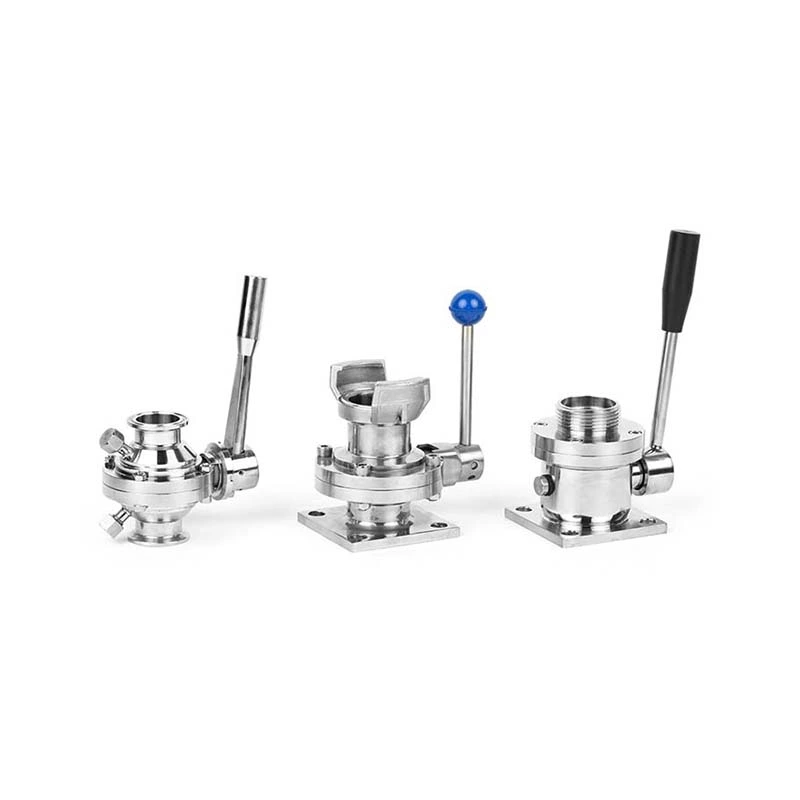The Main Differences Between Sanitary Grade Ball Valves And Food Grade Ball Valves
The main differences between Sanitary Ball Valve and food grade tri clamp 3 way valve are their design, materials, applications, and related hygiene and food safety standards.
Design: Both sanitary grade 2 tri clamp ball valve and food grade ball valve clamp are designed as rotary valves, which can be opened and closed by rotating the ball 90 degrees around the axis of the valve stem. However, sanitary grade clamp ball valve are designed to be easy to clean and disinfect, with smooth internal surfaces and no dead corners, thus avoiding the growth of microorganisms and cross contamination of products.
Material: Sanitary grade tri clover ball valve are usually made of high-quality stainless steel materials such as 304 and 316L, which have good corrosion resistance and can resist the erosion of various chemical media. Although food grade clamp on valve also use stainless steel, their material selection may be more extensive and not necessarily limited to the above two types.
Application: Sanitary grade 1 2 tri clamp ball valve are mainly used in environments that require high hygiene standards, such as food, beverage, dairy, pharmaceutical and other industries. Food grade full bore sanitary ball valve are mainly used in the food processing industry, such as food and beverage production lines, emphasizing the hygiene and safety of the contact parts between valves and food.
Hygiene and food safety standards: The design and production of sanitary grade hygienic stainless steel valves comply with strict hygiene and food safety standards, such as GMP requirements, to ensure the hygiene and quality of the products. Although food grade pneumatic sanitary ball valve also require compliance with food safety standards, their strictness may not be as high as sanitary grade sanitary ball.
